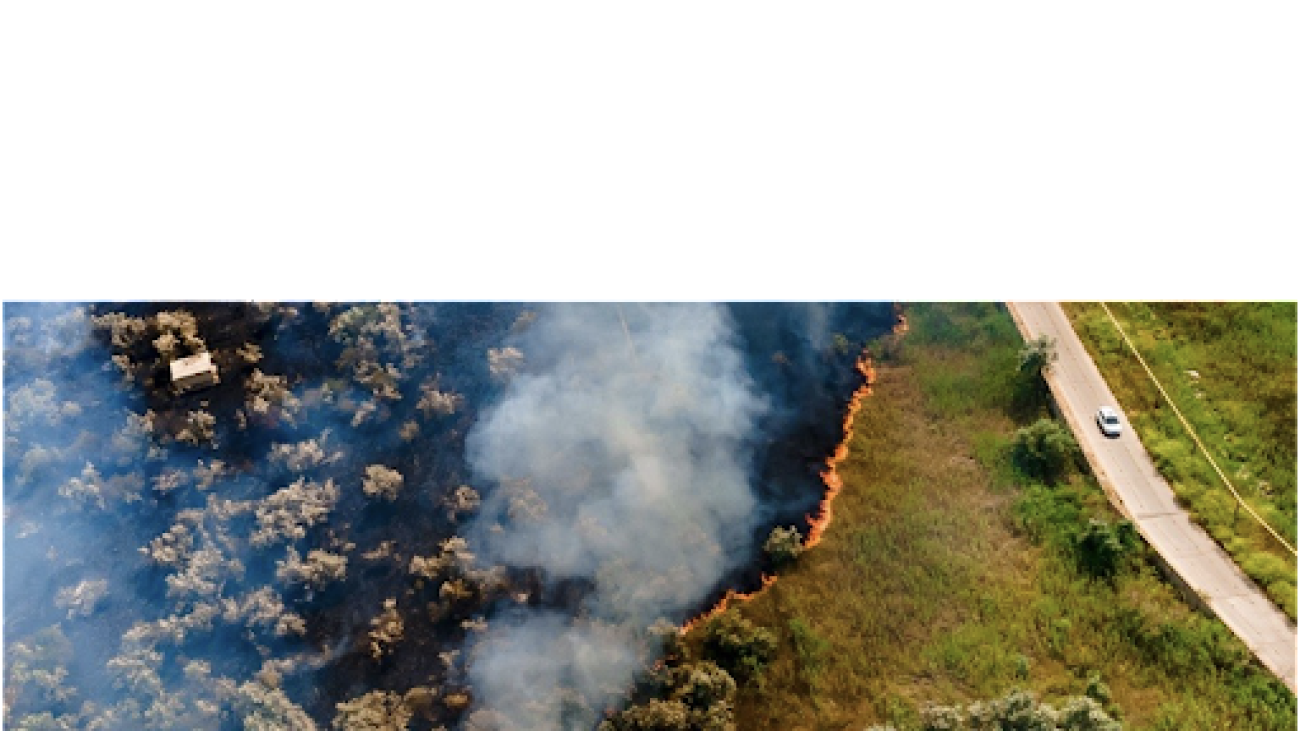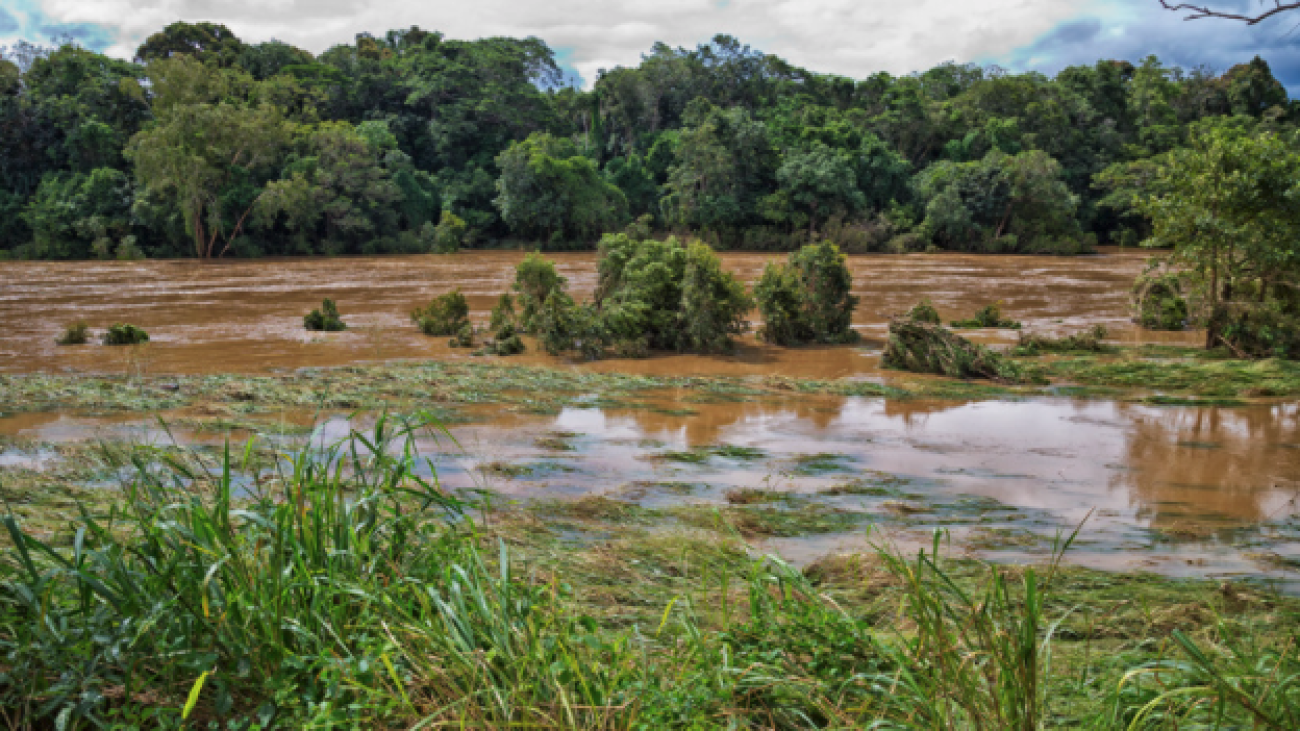“Understanding the Importance of Insurance in Cybersecurity Events”
“Discover the importance of insurance in managing cybersecurity risks. Learn how Business Insurance Consulting can protect your business from financial and operational impacts of cyber incidents.”
Why Cybersecurity Incidents Highlight the Need for Insurance
Cybersecurity incidents have become increasingly common and can cause significant disruptions to businesses, industries, and national infrastructure. A recent outage at CrowdStrike, a leading cybersecurity provider, showcased how a single technical mishap can have wide-ranging effects. This incident underlines the critical importance of insurance in managing and mitigating the risks associated with such events. Business Insurance Consulting emphasises that having the right insurance coverage is essential for safeguarding against cybersecurity incidents’ potential financial and operational impacts.
The CrowdStrike Incident: A Case Study in Risk
In July 2024, CrowdStrike experienced an outage caused by an automatic update that conflicted with Microsoft Windows systems. This issue disrupted around 8.5 million Windows devices worldwide, leading to flight cancellations, delayed operations, and a ripple effect across multiple sectors. Although not a cyberattack, the incident had repercussions similar to a supply chain attack, demonstrating the vulnerabilities in our interconnected digital infrastructure.
The event highlighted how quickly a trusted vendor’s technical issue could cascade through global systems. The response and recovery costs and operational disruptions underscored the need for businesses to be prepared for unforeseen incidents. This scenario reminds us that even when malicious intent is absent, the consequences of system failures can be severe and far-reaching.
Other Notable Cybersecurity Incidents
The CrowdStrike outage is not an isolated incident. Numerous cybersecurity events have demonstrated the need for comprehensive insurance coverage:
Target Data Breach (2013):
- Hackers accessed Target’s payment systems and compromised 40 million credit and debit card accounts. This breach resulted in a $18.5 million settlement and highlighted the importance of cyber liability insurance covering such extensive financial liabilities.
NotPetya Attack (2017):
- This malware attack spread across networks globally, disrupting operations for major companies like Maersk and Merck. Maersk alone reported losses of up to $300 million. Cyber insurance played a crucial role in covering losses and recovery costs, underscoring its importance in mitigating the impacts of such widespread attacks.
Equifax Breach (2017):
- A breach of Equifax’s systems compromised the personal data of over 147 million people. The company faced legal challenges and substantial fines, costing over $1.4 billion. Robust insurance coverage is essential for managing such enormous financial repercussions.
The Financial Impacts of Cybersecurity Incidents
Cybersecurity incidents can have significant financial implications for businesses of all sizes. The economic burden can be overwhelming, from direct costs like system repairs and data recovery to indirect costs such as reputational damage and customer churn. Businesses may also face legal fees and fines if sensitive data is compromised or they fail to comply with regulatory requirements.
According to a study by IBM, the average cost of a data breach in 2023 was $4.45 million, highlighting the importance of being prepared. Such costs can devastate many businesses, particularly small and medium-sized enterprises. Insurance provides a safety net to help companies manage these expenses and continue operating despite disruptions.
The Role of Insurance in Cybersecurity Events
- Insurance plays a vital role in protecting businesses from the financial fallout of cybersecurity incidents. Here are key ways insurance can help:
Financial Protection:
- Insurance can cover the costs associated with data breaches, system failures, and operational disruptions. This includes legal fees, regulatory fines, and the cost of notifying affected parties.
Business Continuity:
- Cyber insurance can help businesses recover more quickly by providing the resources needed to restore operations and mitigate revenue loss. This is especially crucial for companies that rely heavily on digital operations and customer data.
Liability Coverage:
- In cases where customer data is compromised or business operations are interrupted, insurance can cover liability claims from affected parties. This helps protect the business’s reputation and financial standing.
Risk Management Support:
- Insurance providers often offer risk management services, including assessments, training, and resources to help businesses strengthen their cybersecurity posture. This proactive approach can help prevent incidents before they occur.
The Importance of Cyber Insurance Policies
Not all insurance policies are created equal, and businesses must understand the specific coverages they need. Cyber insurance policies typically include several components:
Network Security Liability:
- Covers claims arising from a failure to secure a network or data, including breaches that result in unauthorised access to confidential information.
Privacy Liability:
- Protects against claims related to violating privacy laws or regulations, often covering first-party and third-party claims.
Business Interruption:
- It covers lost income and increased expenses from a cyber incident that disrupts operations.
Data Recovery and Restoration:
- Provides coverage for the costs of recovering and restoring data lost or corrupted due to a cyber event.
How Business Insurance Consulting Can Help
At Business Insurance Consulting, we understand the complex risks associated with cybersecurity and digital operations. We offer tailored insurance solutions designed to meet your business’s unique needs. Our experts work closely with clients to assess their risk exposure and ensure comprehensive coverage that addresses potential vulnerabilities.
Our services include:
Customised Risk Assessments: We evaluate your business’s specific risks and recommend the best coverage options to protect against them. This includes analysing your digital infrastructure and identifying potential vulnerabilities.
Policy Optimization: We help you understand your current policies and make adjustments to ensure you have the most effective coverage. This includes advising on policy limits, exclusions, and endorsements to provide comprehensive protection.
Ongoing Support and Advice: Our team provides continuous support to help you navigate the evolving cybersecurity landscape and maintain adequate protection. We keep you informed of industry trends and emerging threats so you can stay one step ahead.
Preparing for the Unpredictable
The CrowdStrike incident reminds us of the unpredictable nature of cybersecurity threats and the importance of being prepared. Businesses must prioritise insurance as a critical component of their risk management strategy.
By partnering with Business Insurance Consulting, you can protect your business against unforeseen cybersecurity incidents’ financial and operational impacts.
In an era where digital threats are constantly evolving, having the right insurance coverage is not just a precaution—it’s a necessity. Our experts at Business Insurance Consulting are here to help you navigate the complexities of cyber insurance and develop a robust risk management plan tailored to your needs.
To learn more about how Business Insurance Consulting can help you safeguard your business, visit Business Insurance Consulting.



























